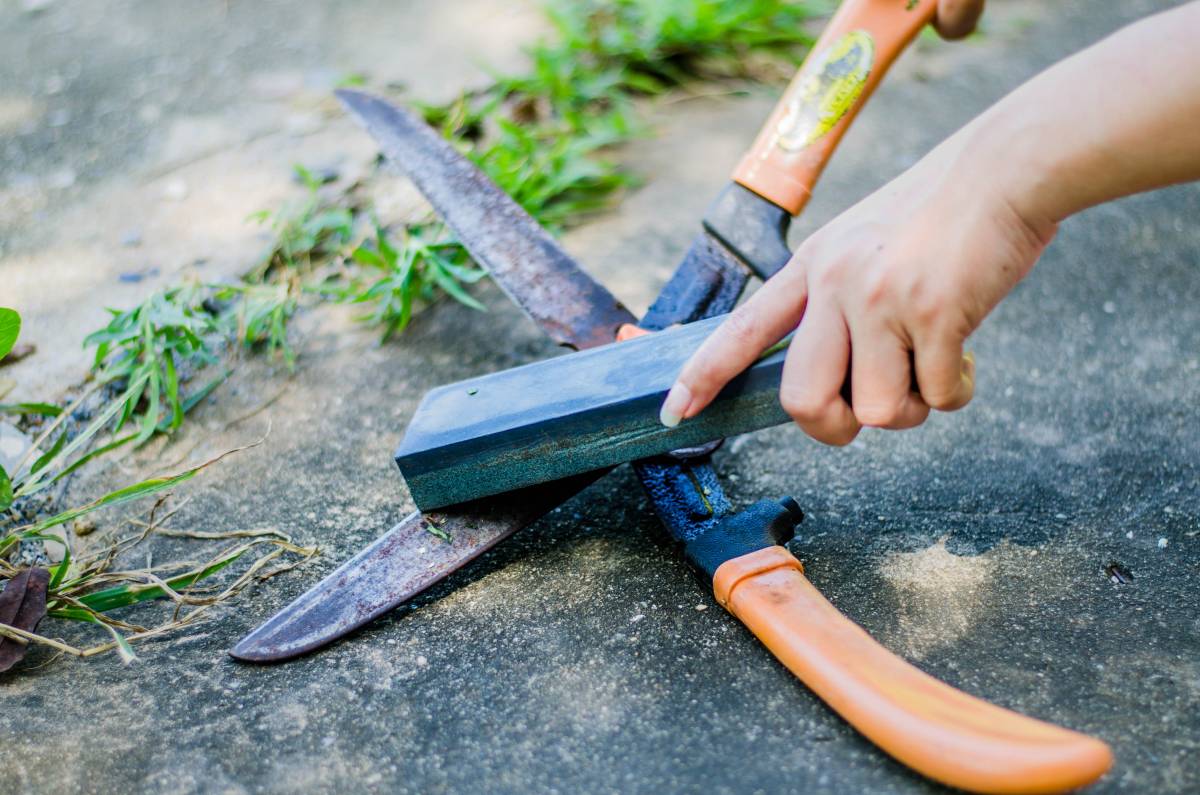Introduction
Garden loppers are essential tools for any gardener, enabling clean cuts on thick branches and helping maintain healthy plants. However, blunt loppers make pruning difficult and can damage plants, leading to unhealthy growth. Sharpening garden loppers regularly restores their cutting power, making pruning easier, safer, and more efficient. This article provides expert guidance on how to sharpen garden loppers effectively, ensuring your tool stays in top condition for years to come.
Why Sharpening Garden Loppers Matters
Dull blades require more force and often crush rather than cut branches, which can harm plants by tearing bark and exposing them to disease. Sharp loppers make smooth, clean cuts that heal faster and reduce the risk of infection. Additionally, sharpening extends the lifespan of your loppers by preventing unnecessary wear and tear. Regular maintenance also improves safety by reducing the effort needed to cut, lowering the chance of slips or accidents.
Tools and Materials Needed for Sharpening Garden Loppers
Before you begin, gather the right tools to ensure a professional sharpening job:
- Flat file or diamond sharpening stone: For grinding and honing the blades.
- Lubricating oil: To protect metal parts and ease the sharpening process.
- Clamp or vise: To secure the loppers while sharpening.
- Safety gloves and goggles: To protect your hands and eyes during sharpening.
- Clean cloth: For wiping away metal filings and oil.
Using these tools correctly will help you achieve a precise edge and maintain blade integrity.
Step-by-Step Guide: How to Sharpen Garden Loppers
1. Clean and Inspect the Blades
Start by wiping the blades with a damp cloth to remove dirt, sap, or rust. Inspect for deep nicks or damage. Minor rust can be removed with fine steel wool or a rust remover. Address major damage with professional sharpening or blade replacement.
2. Secure the Loppers
Clamp the blade firmly in a vise or secure the loppers on a stable surface. This stability ensures safety and control during sharpening.
3. Sharpen the Cutting Blade
Garden loppers typically have a beveled cutting blade and a flat anvil blade. Focus on the beveled edge:
- Hold the file or sharpening stone at the same bevel angle (usually around 20-30 degrees).
- Push the file or stone along the edge in one direction, away from your body.
- Use smooth, even strokes and maintain consistent pressure.
- Sharpen 5-10 strokes, then check the edge.
- Repeat until the blade feels sharp but avoid over-sharpening, which can weaken the blade.
4. Hone the Edge
After filing, use a finer sharpening stone to hone and polish the edge. This step refines the sharpness and removes any burrs, leading to cleaner cuts.
5. Sharpen the Anvil Blade (If Applicable)
Some loppers have a flat anvil blade that benefits from light sharpening to ensure it complements the cutting blade. Use a fine file very gently to smooth any rough spots.
6. Lubricate and Reassemble
Wipe the blades clean and apply lubricating oil to prevent rust and keep the joint smooth. Reassemble if disassembled and test the loppers on a branch to ensure smooth cutting.
Tips for Maintaining Sharp Garden Loppers
- Sharpen regularly: After every few uses or at least once per season.
- Clean after each use: Remove sap and debris to prevent buildup.
- Store properly: Keep loppers dry and in a protective sheath to avoid dulling.
- Check blade alignment: Misaligned blades reduce cutting efficiency.
- Avoid cutting hard materials: Only use loppers for branches within their cutting capacity to prevent damage.
Expert Insights and Common Mistakes
Renowned horticulturist Lisa Mason emphasizes, “Consistent sharpening not only protects plants but also preserves your tools’ longevity and your safety.” Avoid common mistakes like sharpening both blades equally (only the cutting blade needs sharpening) or using incorrect angles, which can damage blades. Using quality sharpening tools and following proper technique ensures optimal results.
Conclusion
Sharpening garden loppers is a straightforward but vital task that boosts pruning efficiency, protects plant health, and extends tool life. With the right tools and method, anyone can maintain sharp, clean blades that make garden work more enjoyable and productive. Regular sharpening combined with proper cleaning and storage practices will keep your loppers performing at their best season after season. Take the time to sharpen your garden loppers today and experience the difference in every cut.
